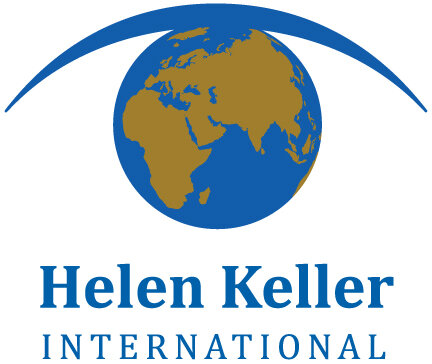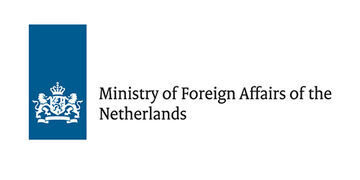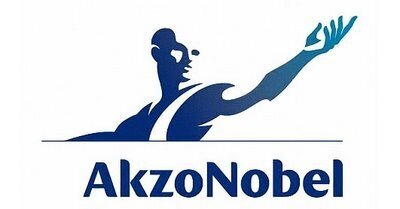When
10 December 2013 – 14 December 2013
Where
Location: Dar es Salaam, Tanzania
Region: Africa
Objective
Advocacy based on national economic development has emerged as a very effective channel to secure national policy support for fortification. This workshop was designed to equip national champions with the tools to make the economic case for wheat flour fortification.
A locked version of the modeling tool participants used has been filled with data from an imaginary, non-existent country called “Fortifitopia” for those who would like to see how the spreadsheet works. An unlocked version can be adapted on a country-by-country basis. First download this list of indicators then follow these directions.
Agenda
See the complete agenda and concept note.
Summary
Africa’s growing milling sector and expanding food markets offer an opportunity to reach a wide range of at-risk African consumers with fortified grain staples, such as wheat and maize flour, which will add key vitamins and minerals to the daily diet. Though food fortification is largely possible because of commitments by food companies, political leaders create an enabling policy and business environment. The moral imperative to protect the health and survival of citizens remains a powerful message to political leaders. Advocacy based on national economic development has emerged as a very effective channel to secure national policy support for fortification.
During this workshop, an excel-based modeling tool provided a standard framework for country teams to develop national benefit-cost projections for flour fortification. The tool synthesizes global evidence on the function impacts of anemia as well as iron, vitamin A and folic acid deficiencies with national data on prevalence of micronutrient deficiencies, mortality rates and other public health data to project the baseline human and economic consequences of these vitamin and mineral deficiencies: or the “cost of doing nothing.” Additionally, the tool blends evidence of global wheat flour fortification effectiveness with data on national flour consumption, milling industry structure and costs; global prices of fortification inputs such as fortificant premix; and any pre-existing or proposed fortification standards to estimate the benefit-cost ratio of wheat flour fortification.
Prior to the workshop, participant teams were provided with a list of national indicators required to drive calculations imbedded in the excel tool. At the event, plenary sessions introduced the general concepts and principles, but the majority of time was spent working as national teams to reach consensus on data inputs for the tool and to develop national estimates for the economic impact of micronutrient deficiencies along with the coverage, effectiveness and of flour fortification.
The full report of the workshop describes how participants were guided through the plenary sessions, the country presentations and next steps and learned how to apply global evidence to local health, industry and consumer data through the following components of the modeling tool to derive the benefit-cost ratio.
-
Calculation of baseline human and economic losses due to iron, folic acid and vitamin A deficiencies
-
Estimation of fortified flour consumption and potential coverage
-
Preparation of a fortification profile including selection and level of fortificants based on the World Health Organization’s (WHO) recommendations for wheat flour fortification.
-
Projection of the potential prevalence reductions in micronutrient deficiencies and associated human and economic benefits that would likely be achieved through a flour fortification program, based on global evidence.
-
Estimation of fortification costs to the milling industry and government based on the selected fortification profile.
The framework of the excel tool guided participants step-by-step through this process with numerous exercises, which ultimately led to the realization of the benefit-cost ratio projections. At the end of the workshop, each country gave a short presentation about the findings of their work.
Highlighted presentations that are also described in the full report include:
-
Introduction to the economic analysis of micronutrient deficiencies presented by Jack Bagriansky, Economics Consultant
-
Health and economic burden of micronutrient deficiencies presented by Scott J. Montgomery, FFI Director
-
Estimating the economic burden of nutrient deficiencies presented by Jack Bagriansky, Economics Consultant
-
Contribution of wheat flour fortified with iron, folic acid and vitamin A to the reduction of iron deficiency anemia, neural tube defects (NTDs) and vitamin A deficiency in multiple population groups presented by Ronald Afidra, FFI Africa Network Coordinator
-
Measuring the consumption of wheat flour presented by Celeste Sununtnasuk with the International Food Policy Research Institute, USAID SPRING Project
-
Estimating wheat flour consumption, approximating the potential coverage of fortified wheat flour and setting fortificant levels based on the nutrient needs of their populations presented by Jack Bagriansky, Economics Consultant
-
Impact of fortification with selected micronutrients presented by Jack Bagriansky, Economics Consultant
-
Overview of financial inputs required by flour mills and governments engaged in flour fortification presented by Quentin Johnson, FFI Training and Technical Group Coordinator
-
Estimating costs and considering benefit-cost ratio presented by Jack Bagriansky, Economics Consultant
Participants
Eight country teams representing Ethiopia, Kenya, Malawi, Mozambique, Rwanda, Tanzania, Uganda, and Zimbabwe participated in the workshop. Delegates came from government ministries, milling companies and international organizations. The full list of participants is available here.
Sponsors
The workshop was organized by Smarter Futures, a partnership for Africa of the Flour Fortification Initiative (FFI), Helen Keller International (HKI), the International Federation for Spina Bifida and Hydrocephalus (IF), AkzoNobel and the Ministry of Foreign Affairs of the Netherlands. The government of the United Republic of Tanzania co-hosted the workshop.
Financial support was provided by Muhlenchemie, Hexagon, the Global Alliance for Improved Nutrition (GAIN) and Project Healthy Children.






